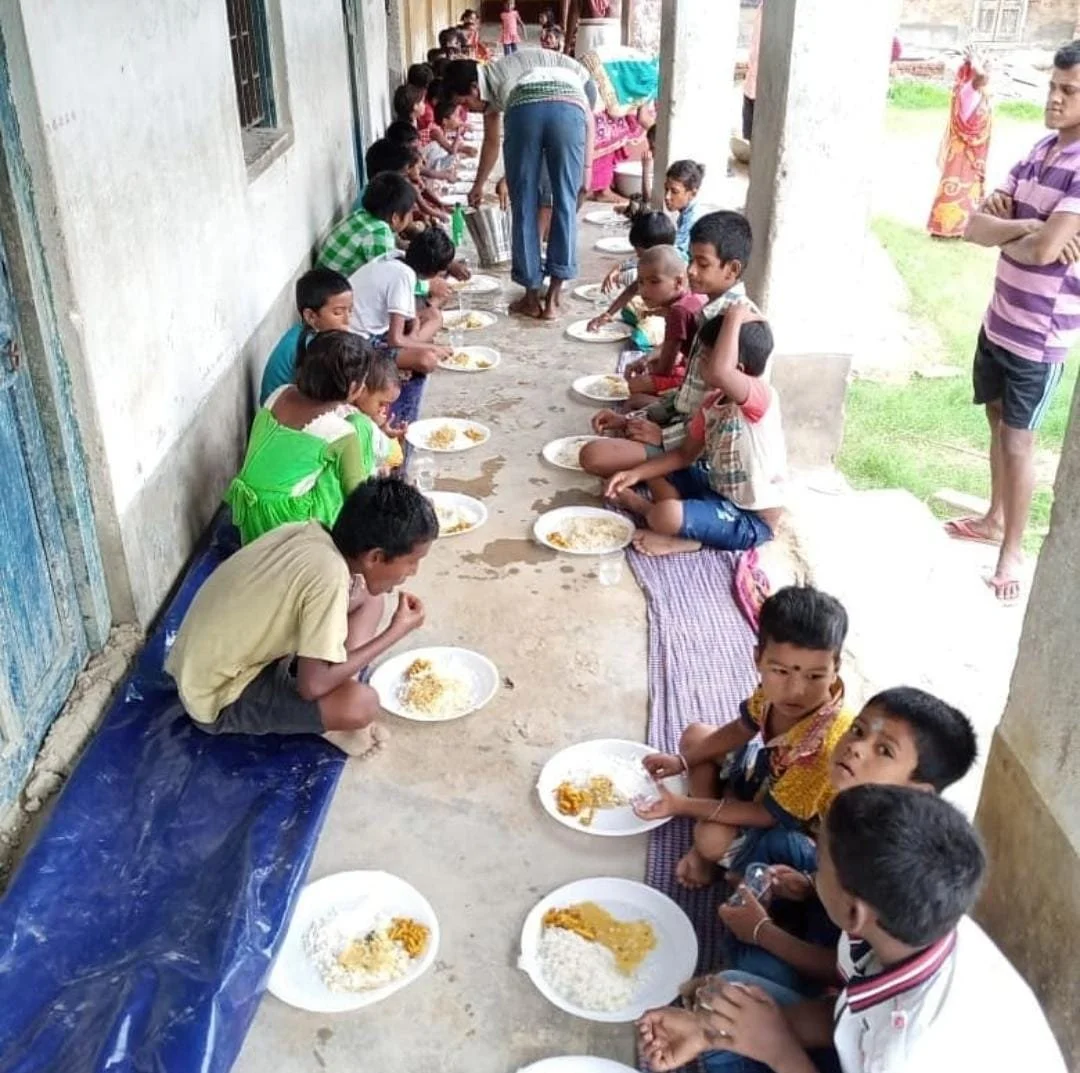Background
The pandemic brought the entire world to a standstill. A sickness had entered the planet as we knew it, wreaking havoc on billions of people's health and quality of life. The outbreak in India posed extraordinarily unusual issues that had never been faced before. During the countrywide lockdown, migrant laborers were among the most vulnerable groups. Despite the severe economic crisis and transportation challenges, they, like everyone else, felt compelled to return home to safety and comfort. Lack of infrastructure, migrant camps, and rationing proved to be a tough obstacle.
Threatened with unemployment and a lack of resources, migrant workers were forced to handle their issues entirely on their own. We read stories every day of colonies of hundreds returning to their native towns and villages on foot, carrying children and all of their possessions in one or two bags.
The government's COVID-19 shutdown impacted an estimated 40 million domestic laborers in India, most of whom operate in the unorganized sector. The distressing photos of desperate migrants forced to walk highlighted the scale of the issue and also some of the difficulties posed by the underserved and vulnerable in India, where several people live hand-to-mouth and cannot afford to be unemployed. They have no sustenance and no shelter if they don't work.
Migrating laborers spent days sleeping on the streets and relying solely upon what another could offer. It was truly a very tragic moment for the country, and we can only hope that we will never have to witness something like it again.
